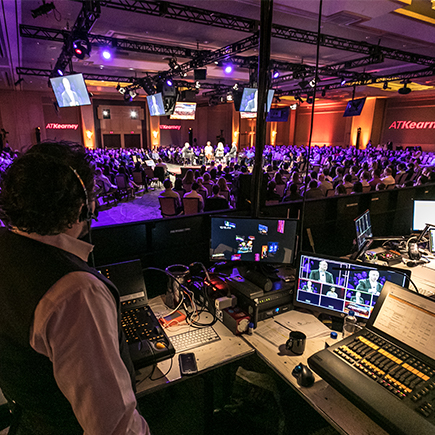One of the key important benefits of Light Emitting Diode video walls is their luminosity. LED technology produces vibrant and bright images that can be readily seen in various illumination conditions. Unlike traditional projectors, which can struggle in well-lit environments, Light Emitting Diode display screens maintain their clarity and hue accuracy even in well-lit rooms. This makes them ideal for external activities or locations with large windows. The high brightness levels ensure that the content displayed is consistently visible, making it easier for viewers to interact with the information being presented.
In furthermore to brightness, LED display screens provide superior image clarity. They offer greater resolution and improved hue reproduction compared to traditional projector systems. This means that pictures and footage displayed on an LED wall appear crisper and more detailed. The pixel concentration of Light Emitting Diode screens allows for close observation without sacrificing clarity, which is particularly crucial in environments like trade shows or meetings where attendees may be close to the screen. Furthermore, LED technology can produce deeper dark tones and more intense colors, enhancing the complete aesthetic impression.
Flexibility is another key advantage of LED video screens. These systems can be configured in various dimensions and forms to fit varied spaces and aesthetic requirements. Unlike conventional projection systems, which require a specific distance from the screen to operate correctly, LED display screens can be set up in a range of environments. They can be curved, tiled, or even used in creative arrangements to create unique display exhibits. This flexibility allows organizations to tailor their visual presentations to suit their specific needs, making Light Emitting Diode display screens a flexible option for any setting.
Upkeep is also a critical factor when contrasting Light Emitting Diode display screens to conventional projector technologies. LED displays generally require less maintenance over the years. Conventional projection systems often need lamp replacements and routine cleaning to maintain optimal functionality. In comparison, Light Emitting Diode tech has a greater lifespan and does not require frequent changes. This reduces downtime and maintenance expenses, making Light Emitting Diode display walls a more economical solution in the long run. Organizations can focus on their displays rather than concerned about the upkeep of their visual systems.

Finally, power conservation is an important factor for many organizations. LED video screens consume fewer energy compared to conventional projector technologies, which can lead to substantial savings on energy bills. This is especially beneficial for businesses and locations that use screens for long times. Additionally, the reduced energy consumption of LED technology contributes to a reduced ecological impact, making it a more eco-friendly option. By choosing Light Emitting Diode display screens, companies can enjoy high-quality visual displays while also being considerate of their power consumption and ecological impact.
In conclusion, LED video walls offer numerous benefits over conventional see projector technologies. Their luminosity, visual clarity, adaptability, minimal maintenance needs, and energy efficiency make them an superior option for contemporary display screens. As technology continues to progress, Light Emitting Diode display screens are likely to become even more prevalent in various settings, providing organizations with the tools they require to efficiently convey and interact with their audiences.